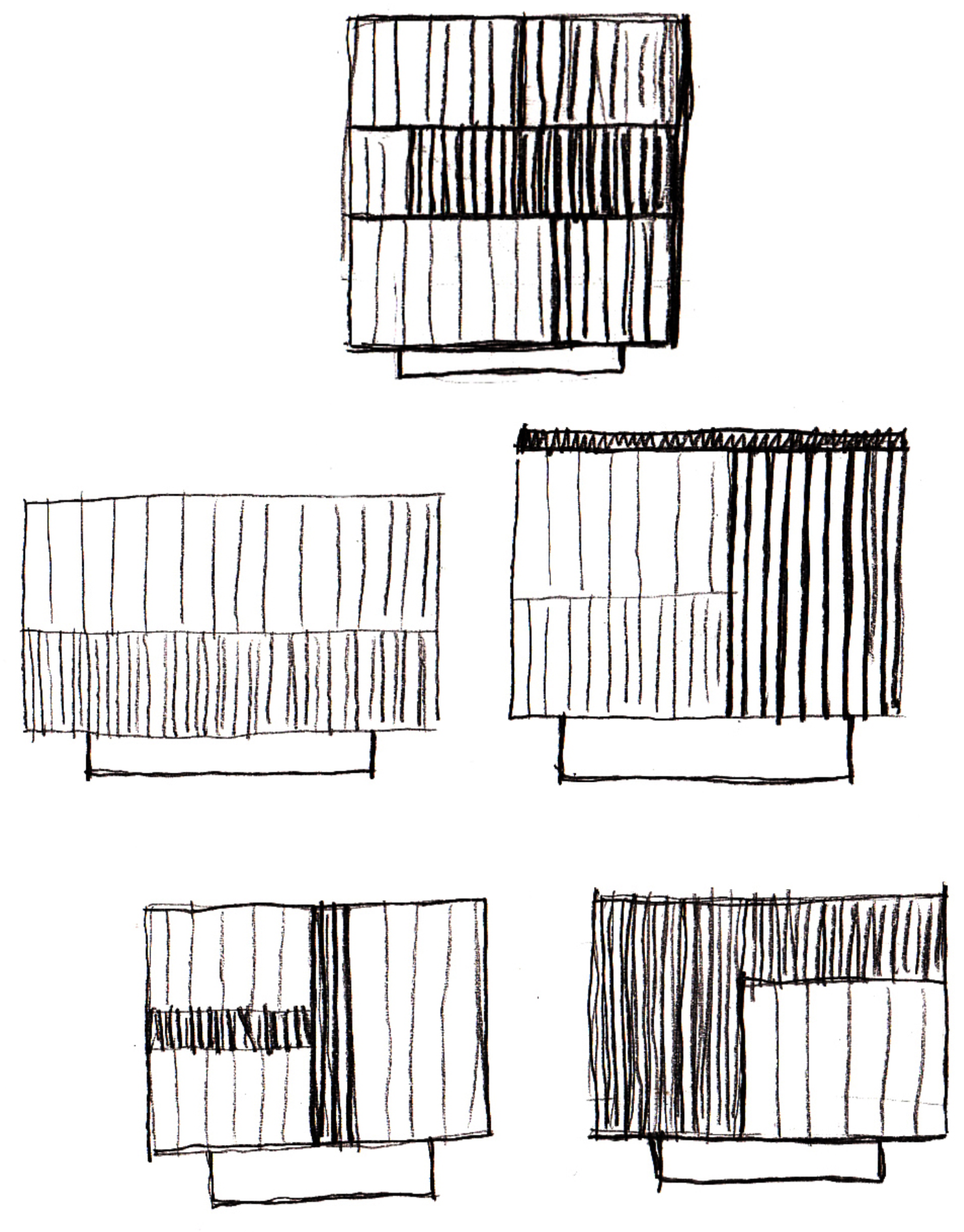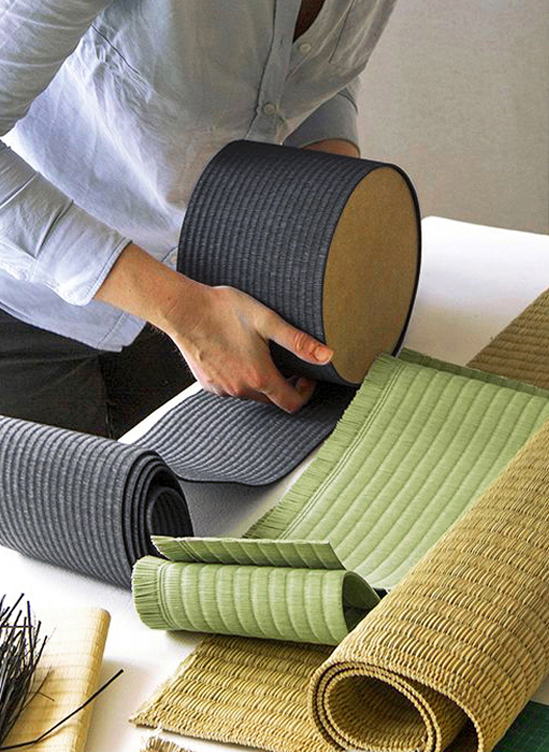TATAMI,
has a central place in the daily life of the Japanese. It is present as a floor covering for their interiors, and has thus become a unit of measurement that defines the size of the rooms (room of three tatami mats) and therefore of the dwellings. It is also an iconic element of the tea ceremony, a very codified ritual, during which we count the “mountains” and the “rivers”, terms used to describe the weaving pattern that covers it.

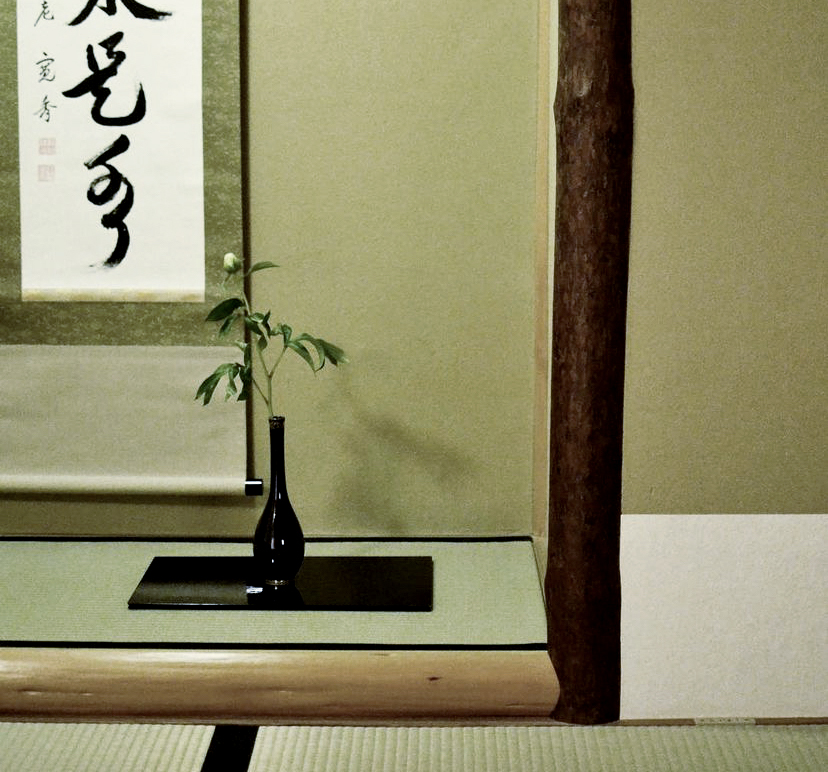
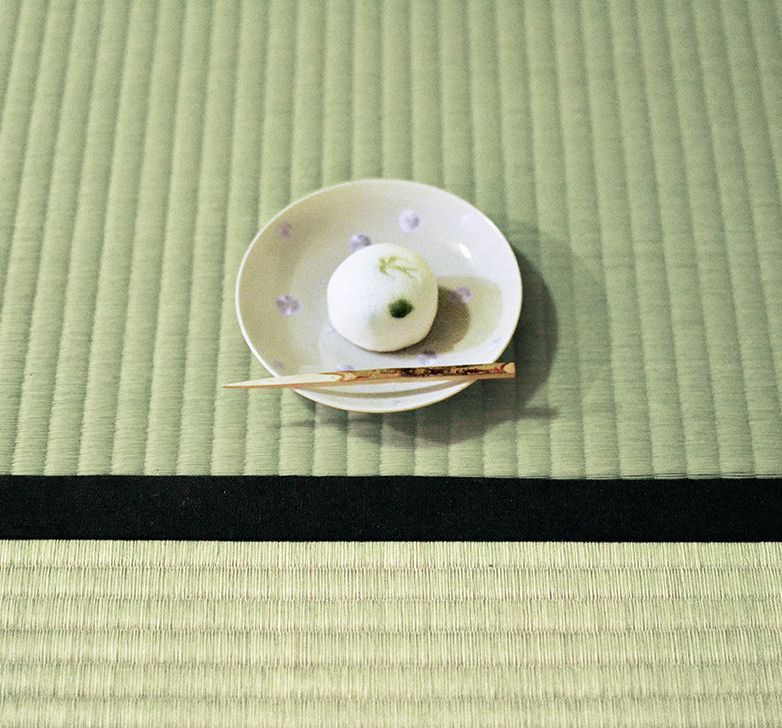

FLIP UP THE TATAMI
Motoyama Company has been making tatami by hand in its Kyoto workshop for over 100 years. Upon arriving in the workshop, I am fascinated by the aesthetic qualities of the vegetable weave that covers the tatami (called “omote” in Japanese). Then I discover that the omote has amazing structural properties when positioned vertically. I then decide to reverse the tatami and thus give it another dimension.
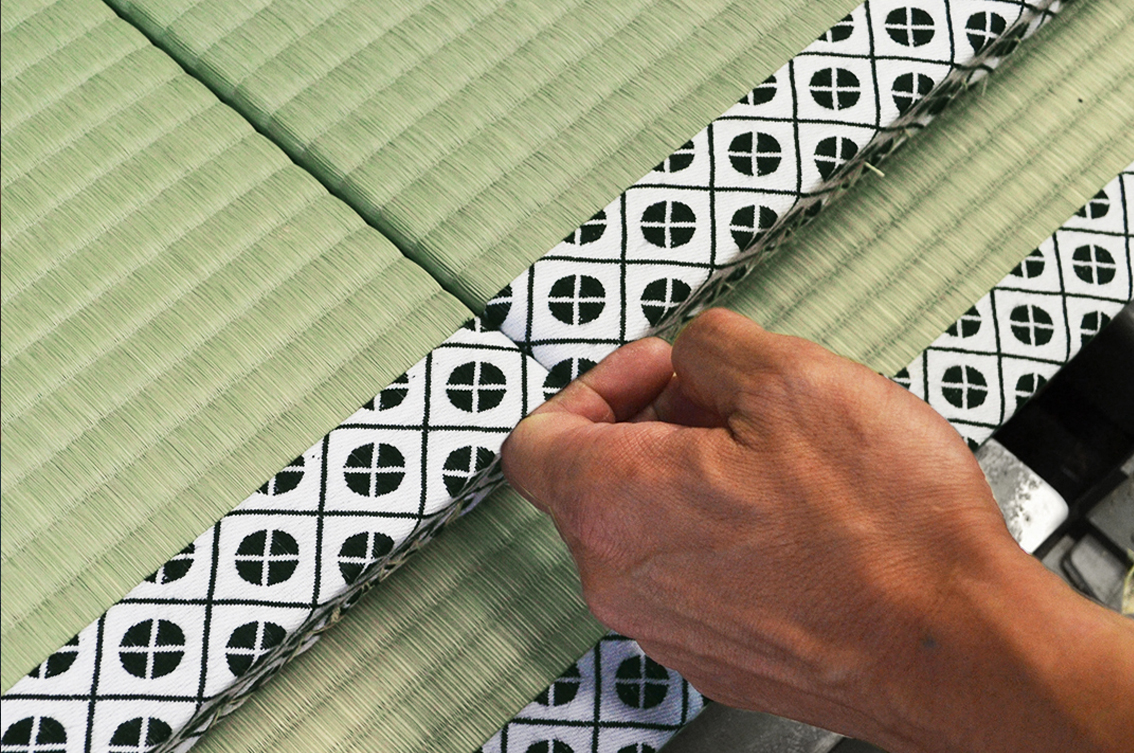
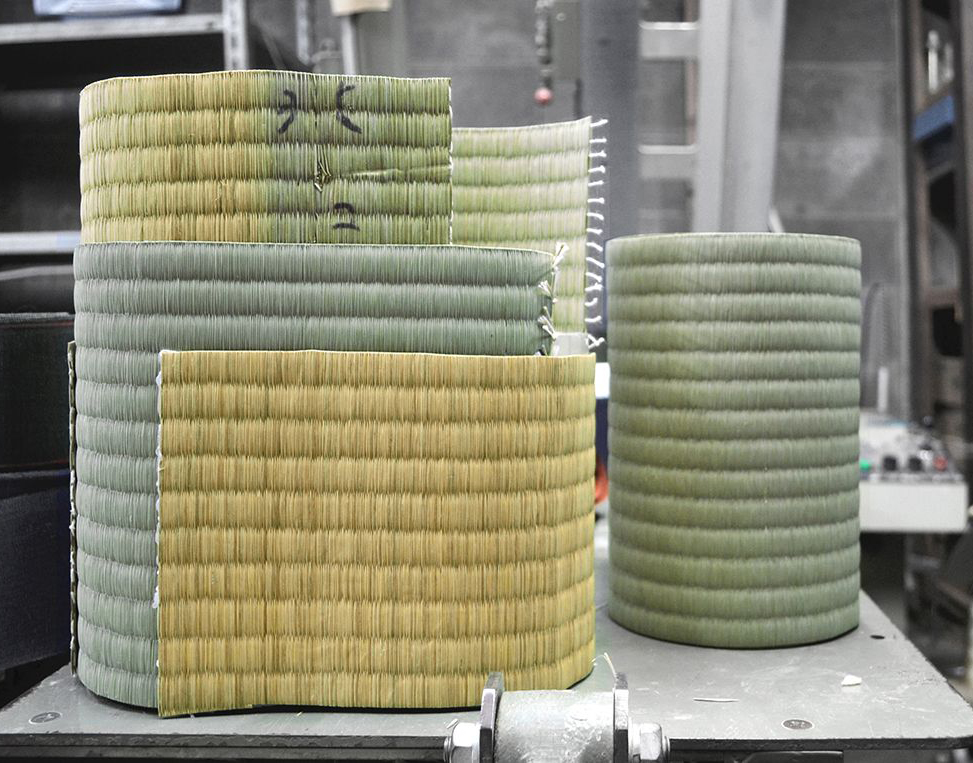
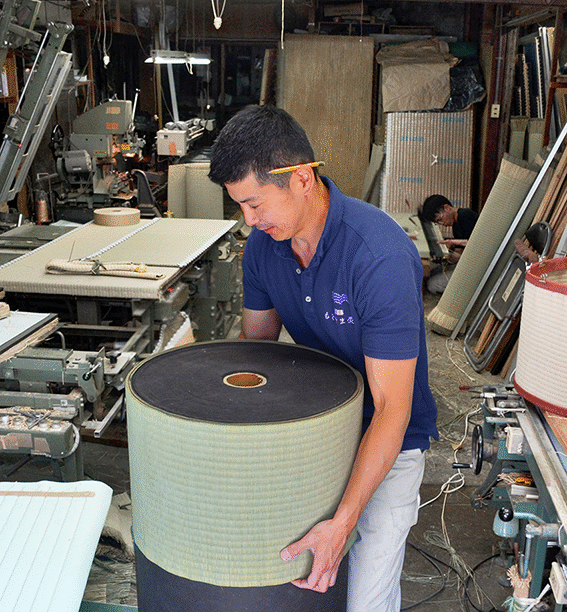
CURVED OBJECTS
The flat and rectilinear tatami suddenly unfolds in volume and curves, thus defining a whole new register of shapes and product applications. I start by designing furniture to demonstrate the incredible resistance properties of this plant weaving, capable of supporting the weight of a person.
